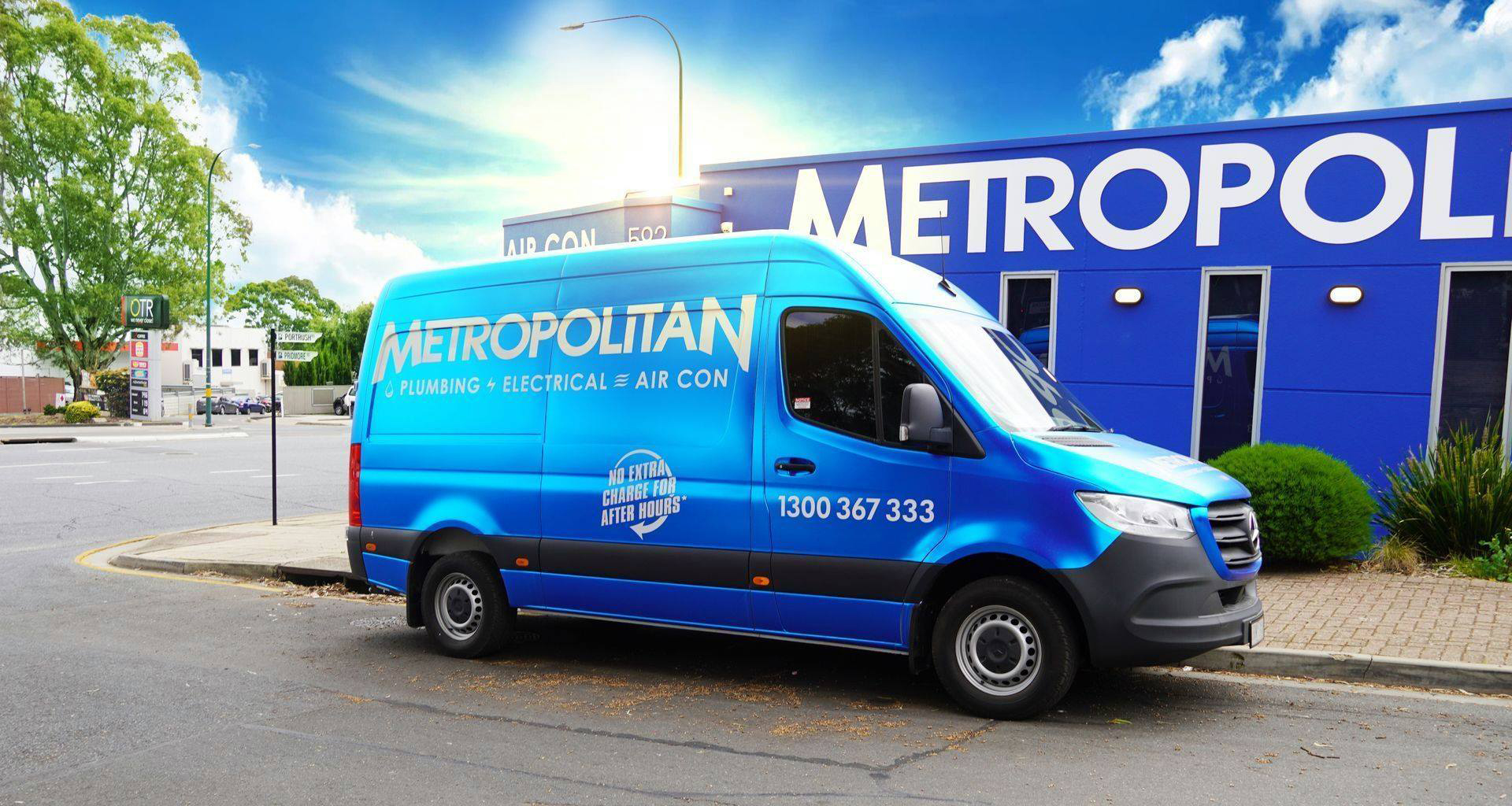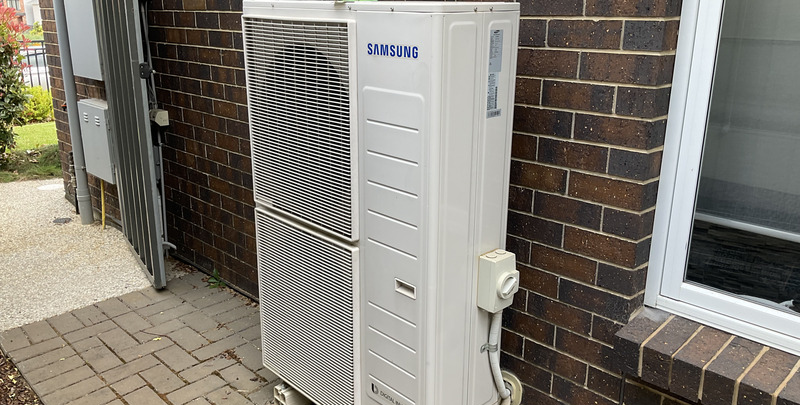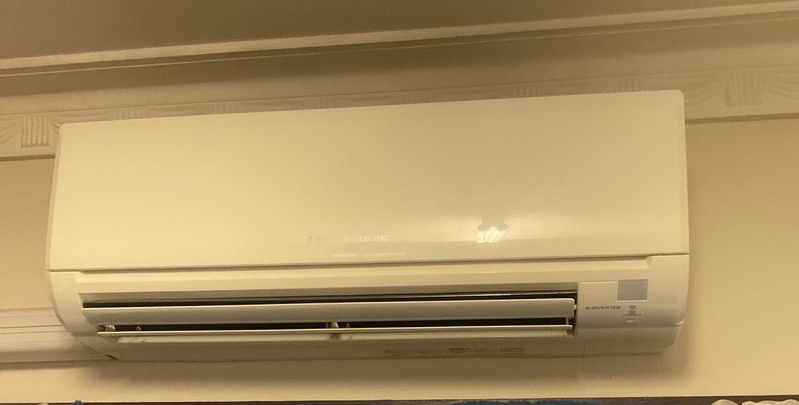
How a Reverse Cycle Air Conditioner Works: Cooling and Heating in One
Tired of purchasing separate cooling and heating systems for different seasons? Look no further than a reverse cycle air conditioner.
These innovative appliances provide cooling and heating capabilities, making them a versatile and cost-effective solution for year-round comfort.
Find out how reverse cycle air conditioners work, their benefits, and why they are becoming increasingly popular among homeowners in Australia.
What are Reverse Cycle Air Conditioners?
A reverse cycle air conditioner can cool or heat indoor spaces using a single unit. Unlike traditional air conditioners that only provide cooling, reverse cycle air conditioners use a unique refrigeration cycle to reverse the refrigerant flow, providing both cooling and heating functions.
This means that with a reverse cycle air conditioner, you can stay cool during scorching summers and enjoy cosy warmth during chilly winters, all with the convenience of a single appliance.
How Do They Work?
How does this wonderful two-in-one heating and cooling system work? Let’s take a look:
A. The Cooling Process
The cooling process of a reverse cycle air conditioner starts when you turn the unit on. The system draws warm air from the room into the indoor unit through a fan. This warm air passes over evaporator coils containing refrigerant.
The refrigerant absorbs the heat from the air, causing it to evaporate and turn into a low-pressure, cool gas. The cool air is then blown back into the room while the warm refrigerant gas is pumped to the outdoor unit.
In the outdoor unit, the refrigerant gas is compressed, increasing its temperature. As it flows through the condenser coils, the hot gas releases the absorbed heat into the outside air, allowing the refrigerant to return to its liquid state.
The liquid refrigerant is then pumped back to the indoor unit, and the cycle repeats, continuously cooling the room and maintaining a comfortable temperature.
B. The Heating Process
Switching the unit to heating mode turns on a reversed refrigeration cycle. The outdoor unit extracts heat from the outside air, even in cold weather, and transfers it to the indoor unit as a high-pressure gas.
The high-pressure gas passes through the indoor unit’s condenser coils, releasing heat into the room. The cool gas then flows back to the outdoor unit, where it is compressed, and the cycle repeats.
When it comes to choosing an air conditioning system for your home, two popular options to consider are reverse cycle air conditioners and split system air conditioners. Both offer unique features and benefits, but understanding their differences is crucial in making the right decision.
Cooling and Heating Capability
Reverse cycle air conditioners are known for providing both cooling and heating functions in a single unit. They use a heat pump technology that allows them to extract heat from the outdoor air and transfer it indoors during colder months.
In contrast, some split system air conditioners are primarily designed for cooling purposes and do not have built-in heating capabilities. If you require year-round temperature control, a reverse cycle air conditioner would be the ideal choice (and many split systems are reverse cycle units these days).
Installation and Cost
When it comes to AC installation, reverse cycle air conditioners can be more complex and require professional expertise. They consist of indoor and outdoor units connected by refrigerant pipes, necessitating careful positioning and proper electrical connections.
On the other hand, split system air conditioners are relatively easier to install as they consist of separate indoor and outdoor units connected by refrigerant and electrical lines. This simplicity in installation often results in lower installation costs for split system air conditioners compared to reverse cycle air conditioners.
Energy Efficiency and Cost Savings
Reverse cycle air conditioners are known for their energy efficiency, as they transfer heat rather than generate it. This efficiency allows them to provide cost-effective heating during colder months.
While efficient in cooling, split system air conditioners do not offer the same level of energy efficiency for heating purposes. Therefore, if energy efficiency and cost savings are important considerations, a reverse cycle air conditioner would be the better option.
Flexibility and Zoning
A split system air conditioner offers greater flexibility regarding zoning and individual control. They consist of separate units for each indoor space and one outdoor unit, allowing you to cool or heat multiple rooms independently. It is known as a multi-head split system. This zoning capability enables energy conservation by only conditioning occupied areas.
On the other hand, reverse cycle air conditioners typically have a centralised unit that conditions the entire home, limiting the ability to control individual zones independently.
The choice between reverse cycle air conditioners and split system air conditioners depends on your specific needs and priorities. If you require both cooling and heating capabilities, energy efficiency, and a centralised system, reverse cycle air conditioners are ideal.
Choosing the Right Reverse Cycle Air Conditioner
When selecting a reverse cycle air conditioner, it’s essential to consider various factors to ensure optimal performance and efficiency. Here are some key points to remember:
- Size and capacity: Assess the room size or area you wish to cool or heat. Choosing the right-sized unit ensures efficient operation and prevents energy wastage.
- Energy efficiency rating: Look for units with high energy efficiency ratings, indicated by star ratings. Higher ratings translate to lower energy consumption and greater cost savings over time.
- Brand and quality: Opt for leading brands like ActronAir, Mitsubishi Electric, Panasonic, LG, Fujitsu, or Hitachi. These top brands are known for their reliable products and excellent after-sales support.
- Additional features: Consider features like Wi-Fi connectivity, smartphone control, and programmable timers for convenience and customisation.
Reverse cycle air conditioners have become Australia’s most popular cooling and heating solution, offering great savings, year-round comfort, and improved air quality.
Whether you’re facing scorching summers or chilly winters, a reverse cycle air conditioner can keep your home at the ideal temperature, ensuring your comfort and well-being.
When choosing a reverse cycle air conditioner, consider size, energy efficiency, brand reputation, and additional features. So, stay cool in summer, warm in winter, and enjoy the benefits of this innovative technology.
DIY vs Expert Installation of a Reverse Cycle Air Conditioner
When installing split systems, you may be faced with hiring a professional or attempting a DIY installation. While DIY projects can be rewarding, it’s essential to note that you are required to have a professional installer install a reverse cycle air conditioner.
Expertise and Knowledge
Professional installation of reverse cycle air conditioners, from older models to new ones, ensures the system is installed correctly and efficiently. HVAC technicians have the necessary knowledge, training, and experience to handle the intricacies of installation, including electrical connections, refrigerant handling, and proper positioning of indoor and outdoor units.
On the other hand, DIY installation requires an understanding of electrical work, refrigeration systems, and building codes. Without proper knowledge and expertise, there is a risk of improper installation, which can result in system inefficiencies, safety hazards, and potential damage to the equipment.
Compliance with Regulations
With electrical and refrigerant work, there are specific regulations and codes must be followed to ensure safety and compliance. Professional installers are familiar with these regulations and can ensure that the installation meets all requirements.
DIY installations lack the necessary permits and inspections, potentially leading to safety issues and legal consequences. It’s crucial to consider the potential risks associated with non-compliance and the importance of adhering to regulations for the well-being of your home and its occupants.
Warranty Considerations
Most manufacturers’ warranties require professional installation to be valid. Attempting a DIY installation could void the warranty, leaving you responsible for any repairs or replacements.
Professional installers are familiar with the manufacturer’s specifications and can ensure that the installation meets the requirements for warranty coverage.
Additionally, professional installation often comes with a warranty, providing added peace of mind and protection for your investment.
Time, Tools, and Resources
Installing a reverse cycle air conditioner requires specific tools, equipment, and resources. Professional installers come equipped with the necessary tools and have access to industry resources to complete the installation efficiently.
DIY installations may require purchasing or renting specialised tools, adding to the overall cost. Moreover, professional installers can complete the installation in a shorter timeframe, saving you time and effort.
While DIY installations can be appealing, the complexity and potential risks of installing a reverse cycle air conditioner make professional installation a more prudent choice. Hiring a professional ensures expertise, compliance with regulations, warranty coverage, and efficient installation.
Prioritise your system’s safety, performance, and longevity by opting for professional installation and benefiting from the expertise of HVAC technicians.
Great AC Services with Metropolitan Air Conditioning
Metropolitan Air Conditioning is your go-to provider for all your reverse cycle air conditioner needs without worrying about limited stock and poor installation. Our team of experienced technicians is equipped to handle installation, maintenance, and repairs with precision and efficiency.
With our services, you can enjoy the benefits of reverse cycle air conditioning, including year-round comfort and energy efficiency. Trust Metropolitan Air Conditioning to keep your indoor climate at its best.
Please note: This information is provided for advice purposes only. Regulations differ from state to state, so please consult your local authorities or an industry professional before proceeding with any work. See our Terms & Conditions here.
Published: 2023-07-17



































